A place to lose yourself
Local resident and photographer Andrew Wilson captures all the beauty of the London Wetland Centre.
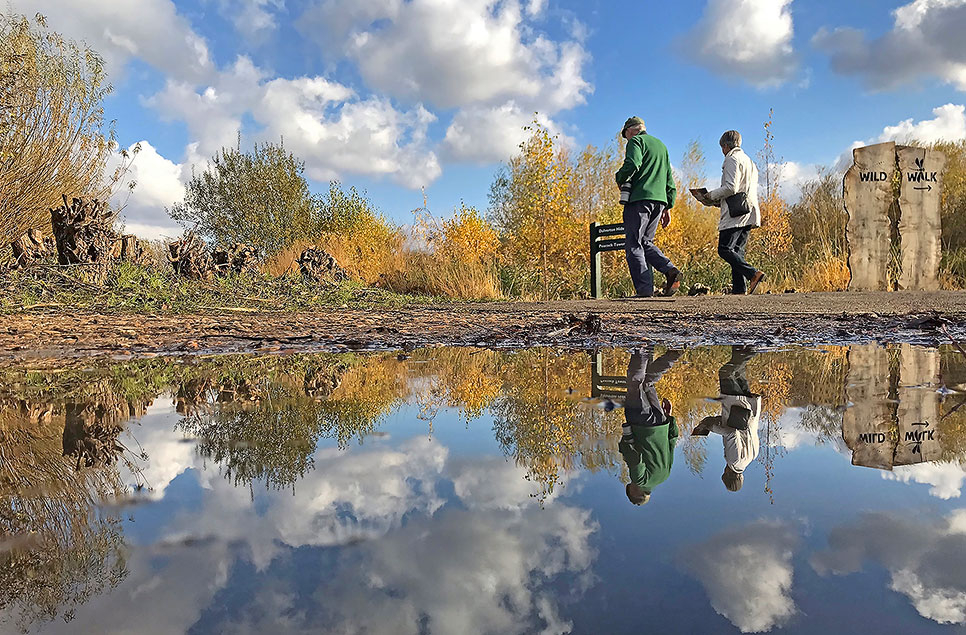
Local resident and photographer Andrew Wilson captures all the beauty of the London Wetland Centre.
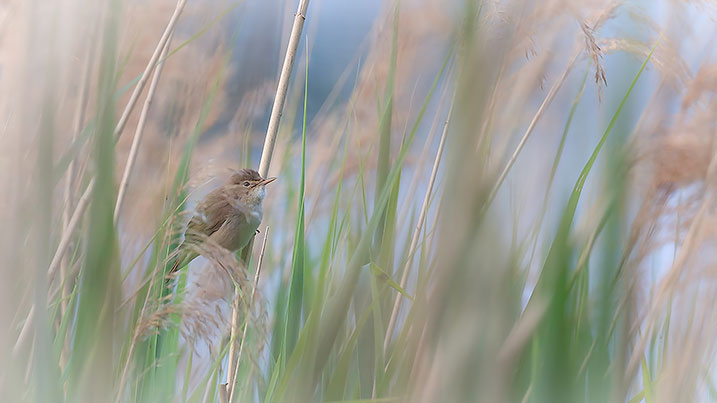
I had a background in magazine publishing but was the casualty of a management buyout in about 2002. So I started my own company to be a consultant to other publishers. After the 2008 crash I lost a lot of work and needed something else to do, and I decided to do something in my early 50s that was quite dangerous - to retrain as a photographer. I went to a local college and at the end the tutor said that photography is very much a journey and not a destination. Those words have stuck with me ever since.
WWT appeared very early in my photographic life, for I included a section on the London Wetland Centre in the first of my 23 books. My learning has been a case of trial and error. You need a lot of patience. I remember sitting under a kestrel's nest, waiting for the parent to come in with some food. It was by a footpath and people were coming past. I couldn't help but talk to them and, of course, the bird came in while I was talking and it was all over in a flash. I had to wait two hours more for the parent to come back and that taught me a lesson - I always take a bottle of water and a snack.
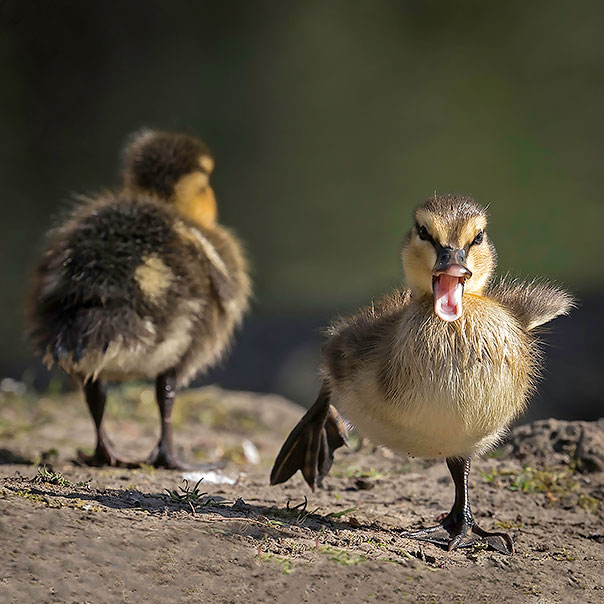
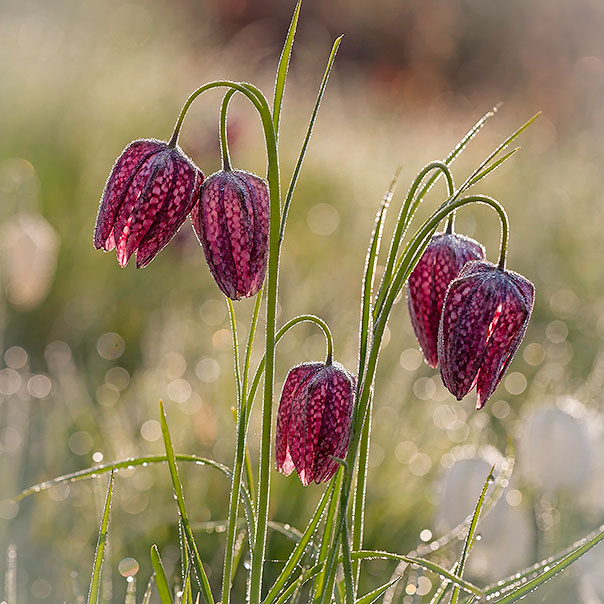
One of the other key techniques of wildlife photography is anticipation. If you know something of behaviour you can anticipate the action that might happen. For example – how do you photograph a swan flapping its wings? You might have to wait half an hour, but if they are grooming themselves out of water, nine times out of ten they'll flap their wings vigorously at the end, and that can be fun if you capture it in the light or in a special location.
The Wetland Centre has been a very different place for me since I started photography. For one thing, it takes a lot longer for me to get round. One of the wonderful things about what I do is that on a lovely day you could be wandering around the Wetland Centre in the middle of a massive city, yet you can completely lose yourself in the magic of the place. Sometimes I pinch myself and think - this is my job, this is what I do for a living. That adds a little extra.
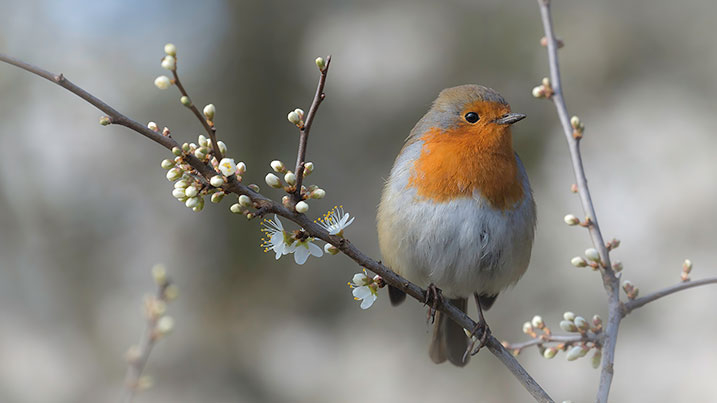
A few months ago, I read WWT research about the calming effect of being close to water on your wellbeing, and I wondered how I might illustrate that photographically. I picked a pond skater on the surface of the water that had just moved so that there were these lovely little ripples pulling away from it.
One of the oddities of this year has been how, as soon as I identify a gap, it is filled. I could say – in all this time I still haven't got a fox and literally – within a few days - I got one, or rather several. There they were, marching through some scrub, upsetting the birds as they went. The same thing happened when I found that I didn't have any pictures of birds of prey at the Centre and then, just a few days later, I found a sparrowhawk's nest.
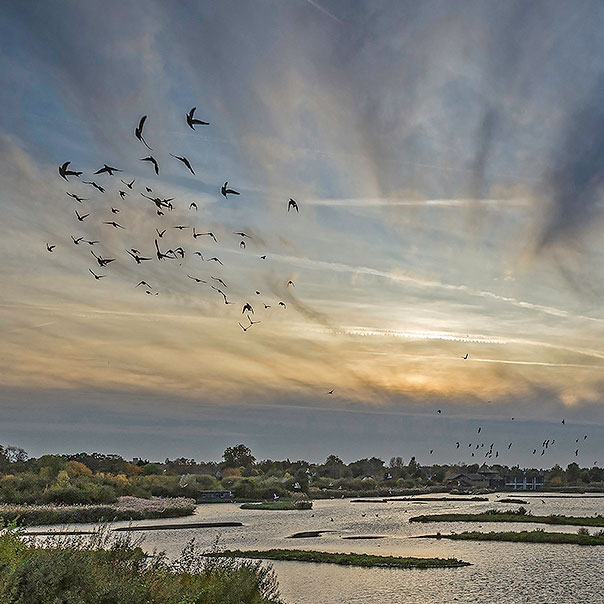
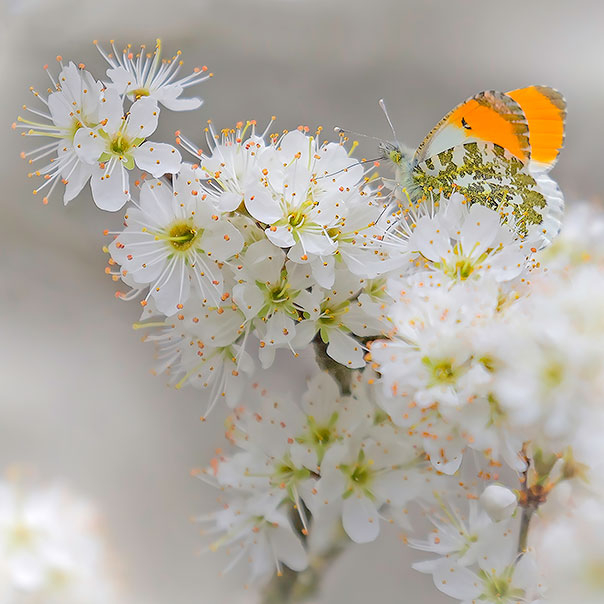
But one of the things you must do in photography is work at it. In the spring, the hides were closed because of Covid and so I had to effectively make my own hide. I didn't try to set up a kind of camouflage tent. I simply found a bench in a space in front of a little stretch of water, and I would sit there for one and a half or two hours at a time. It's extraordinary what you notice and catch by sitting there, rather than passing by on the off chance that something significant will happen.
Andrew explores an eventful year in the life of the London Wetland Centre in his new book, titled Wild About the Wetlands, which will be available to buy in the shop at London Wetland Centre.
All images by Andrew Wilson.



